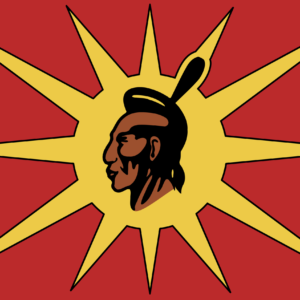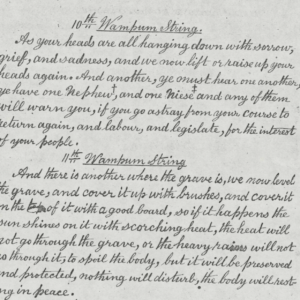
After passing through Barrie en route to the Sudbury area, drivers will pass through parts of Wahta, Muskoka and Shawanaga.
The highway that carries travellers is sidelined by colourful rock and tall coniferous trees, which were likely separated using dynamite to allow for the highway to be constructed in the earlier parts of the century.
Mounted upon the split rock on either side of the road however, sits hand made inukshuks scattered randomly throughout the highway.
To an unknowing onlooker, they might look like they are a form of graffiti or statement art. But driving upon the highway and knowing that the sculptures emulate those from Inuit and northern cultures, it is a stark reminder that the highway travels through indigenous territory.
Between the Georgian Bay Welcome Centre and Sudbury’s South End, 93 inukshuks can be tallied as they began popping up along the roadside in the 1980’s. The interesting thing about the inuksuit sculptures along this highway as well is that they create an air of question and incite dialogue that might not have otherwise been spoken about. This is what has caused the inuksuit to be called “the inuksukification” of the highway, as a form of reclamation.
However, the relationship that Six Nations has with reclamation within our local territory has had to take a much more active and aggressive route.
Six Nations as a whole has been put in situation after situation of systemic divisiveness, internal conflict and has been dealing with disagreements that have been mainly caused by miscommunication and improper delivery.
What we are seeing now, which is coming to a boiling point, is the interaction between a Band Council system and a Hereditary Confederacy System.
One system, has members that were elected by the voting class within Six Nations and have been educated in administrative duties and transparency, but may be oblivious to Haudenosaunee cultural and traditional factors. While the other, has titles that are hereditary for the most part, with members that may or may not have had any colonial education, but are fully educated in the traditional and cultural aspects of who they and their ancestors are as Haudenosaunee.
In other words, we have two governing bodies that have the community split several times over. We have the people that will line up to vote to ensure that decisions are being made on their behalf that they can agree with through their district representative, and we have the people that were lucky enough to know who their ancestors are and have fought against colonialism and it’s institutions to have their voices heard through their clan family representatives. To top it off, both of these governing bodies bump heads time and time again.
As an outsider looking in, would you rather ask about Inuskshuk sculptures on the side of a highway or open the proverbial can of worms to really understand how difficult being an indigenous person can be?
It isn’t just being invisible and fighting to be seen by the rest of the world. Right now it seems like it is also fighting with your own people to have the right thing done for the future of nations, with each side having different perspectives on what the right thing is. As an individual, you might not even know which side to side with.
Thus, the initial division of Six Nations itself can be blamed upon colonial institutions, but the continuation of that division can only be blamed upon the people. Which isn’t a conversation anyone is ready to have just yet.
But hopefully the people will want to have it soon.






